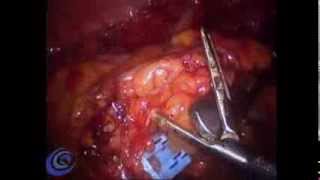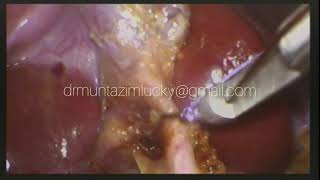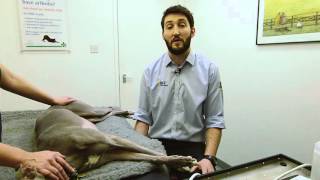Monday, 15 December, 2025г.
















Где искать: по сайтам Запорожской области, статьи, видео ролики
пример: покупка автомобиля в Запорожье
NOTES in veterinary medicine
The description of transvaginal access dates back to 50 BC performed by Themison (Athens, Greece). According to other sources, a vaginal hysterectomy was performed in 120 AD by Soranus in Ephesus [1].
In 1883, Dmitry Ott (Russia) performed transvaginal appendectomy in humans after several transvaginal experimental works in dogs (at that time the name of this operation was ‘transvaginal ventroscopy’) [5]. He conducted a posterior colpotomy to access the abdominal cavity. The uniqueness of D. Ott's works was that he used a spherical shape expander with a lamp inside to eliminate burns and to expand the zone of operation. He suggested using air through the filter to expand the surgery zone by inflating the abdominal cavity (thereby being first to introduce the concept of insufflation into the abdominal cavity). This technique was widely used by some European researches in the 1920s and 1930s, as well as by American ones between the 1940s and 1960s.
In 2002, Gettman described the first experiments at transvaginal nephrectomy, which was performed in a porcine model [5].
In 2007, Zorron reported on the first series of transvaginal cholecystectomy in humans (this was preceded by a series of experimental studies) [30].
In veterinary medicine, there has been a trend in publications on the NOTES topics since 2009.
Похожие видео
Мой аккаунт


 У вашего броузера проблема в совместимости с HTML5
У вашего броузера проблема в совместимости с HTML5


